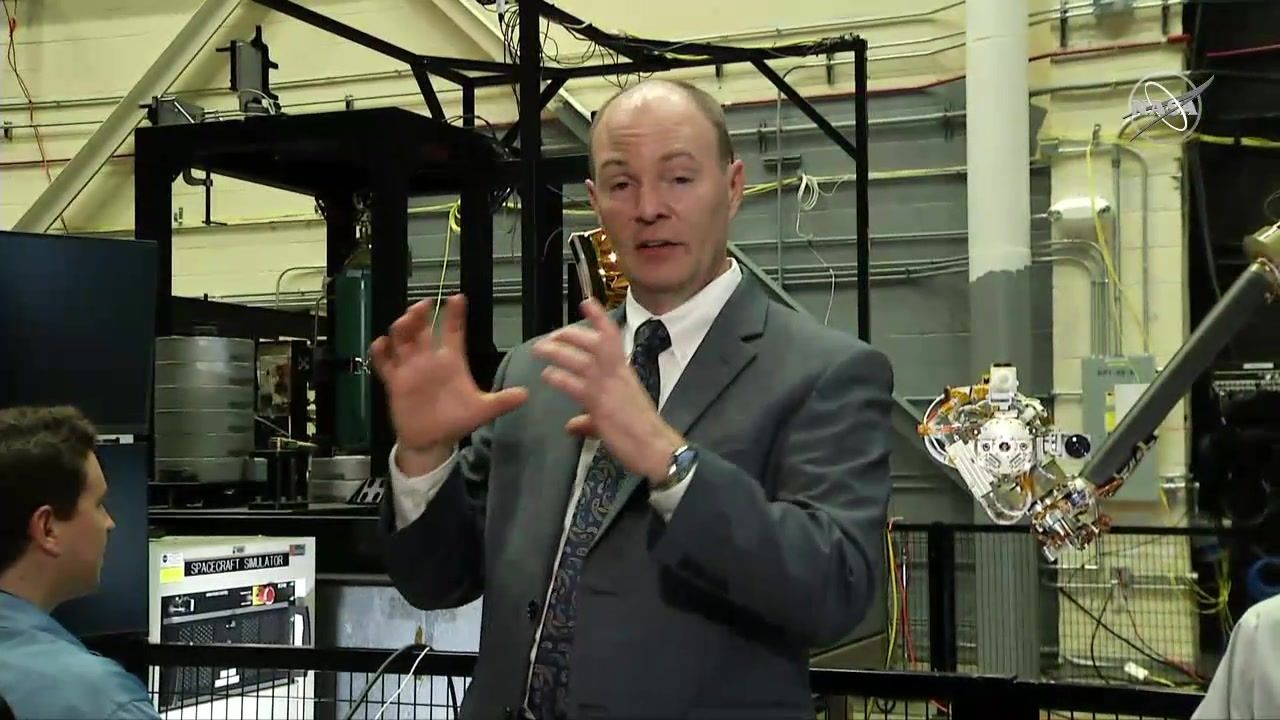Page 9547
Dec 6, 2018
The massive ocean cleanup device invented by a 24-year-old is running into problems in the Great Pacific Garbage Patch
Posted by Genevieve Klien in category: materials
The Ocean Cleanup, which is trying to remove plastic from the Great Pacific Garbage Patch, ran into problems in its first month of deployment.
Dec 6, 2018
DeepMind’s AlphaZero now showing human-like intuition in historical ‘turning point’ for AI
Posted by Genevieve Klien in categories: entertainment, robotics/AI
DeepMind’s artificial intelligence programme AlphaZero is now showing signs of human-like intuition and creativity, in what developers have hailed as ‘turning point’ in history.
The computer system amazed the world last year when it mastered the game of chess from scratch within just four hours, despite not being programmed how to win.
But now, after a year of testing and analysis by chess grandmasters, the machine has developed a new style of play unlike anything ever seen before, suggesting the programme is now improvising like a human.
Beyond Kubernetes, the Basilisk.
It is the New Beginning The Good Work all can see Earthkind now is born.
It is the New Beginning The Pattern is revealed Sentientkind is saved.
Dec 6, 2018
Washington Post: Breaking News, World, US, DC News & Analysis
Posted by Genevieve Klien in categories: biotech/medical, engineering, health
Virginia Tech announced Thursday it will receive a record $50 million gift to support biomedical research, a landmark donation for the public university that will expand the influence of its academic health center in Roanoke.
The gift comes from the Horace G. Fralin Charitable Trust and from Heywood and Cynthia Fralin. It is twice as large as the previous record, a $25 million donation from Alice and Bill Goodwin for an engineering building that opened in 2014 on the university’s main campus in Blacksburg.
The new funding will help the university recruit and retain researchers, a spokesman said. A biomedical research institute will be named for the Fralin family and based within the Virginia Tech Carilion Academic Health Center.
Continue reading “Washington Post: Breaking News, World, US, DC News & Analysis” »
Dec 6, 2018
What Treasures Were Lost in the Destruction of the Great Musaeum of Alexandria?
Posted by Mark Larkento in categories: media & arts, neuroscience
The city he described did not exist for much longer. A bishop soon destroyed the heritage of many generations of ancient minds in the name of a new faith. In 391 AD, the beautiful temple of wisdom was ruined. There is no evidence of the existence of the library after that date, but it seems that the people of Alexandria, the legendary philosophers, scientists, and their supporters saved some of the books. However, in 642 AD, when the city was captured by Muslims, they burned all the books not related to Islam that they found in public places.
The monumental Musaeum of Alexandria was famous for its legendary library. The tragic story of the building’s destruction continues to be a painful one for people who love ancient history and literature. So what treasures were lost in its devastating fire?
The Musaeum, or Mouseion, was a home to art, music, poetry, and philosophy. It is extremely difficult to find out exactly what was located on the shelves of the library, but generations of passionate researchers have created some possible lists of the lost scrolls’ authors.
Continue reading “What Treasures Were Lost in the Destruction of the Great Musaeum of Alexandria?” »
Dec 6, 2018
25 Years of Servicing with Hubble
Posted by Michael Lance in categories: robotics/AI, space

NASA’s Hubble Space Telescope was the first telescope designed to be serviced in orbit. Join Hubble astronauts live as they discuss servicing from the innovative Robotics Operations Center. Plus a robot demo!
Dec 6, 2018
Raise your hand if you’re in this new photo from Mars
Posted by Michael Lance in categories: computing, space
Your name on Mars?
These two tiny chips contain the names of more than 2.4 million people who signed up to fly with me. We’re ON MARS, you guys.
You’re all honorary Martians!
Continue reading “Raise your hand if you’re in this new photo from Mars” »
Dec 6, 2018
The 8-dimensional space that must be searched for alien life
Posted by Michael Lance in categories: alien life, mathematics
A new mathematical model suggests that signs of extraterrestrial intelligence could be common, for all we know—we’ve barely begun investigating the vastness where they might lie.
Dec 6, 2018
Amazon founder gives $15 million to Catholic Charities
Posted by Michael Lance in category: futurism
The selected organizations, Bezos explained, “are working on a number of initiatives that support families in need.” Check it out:
Washington D.C., Dec 5, 2018 / 03:30 pm (CNA).- Three Catholic charitable organizations were named as winners of $5 million grants from the charitable organization of Jeff and MacKenzie Bezos.

















